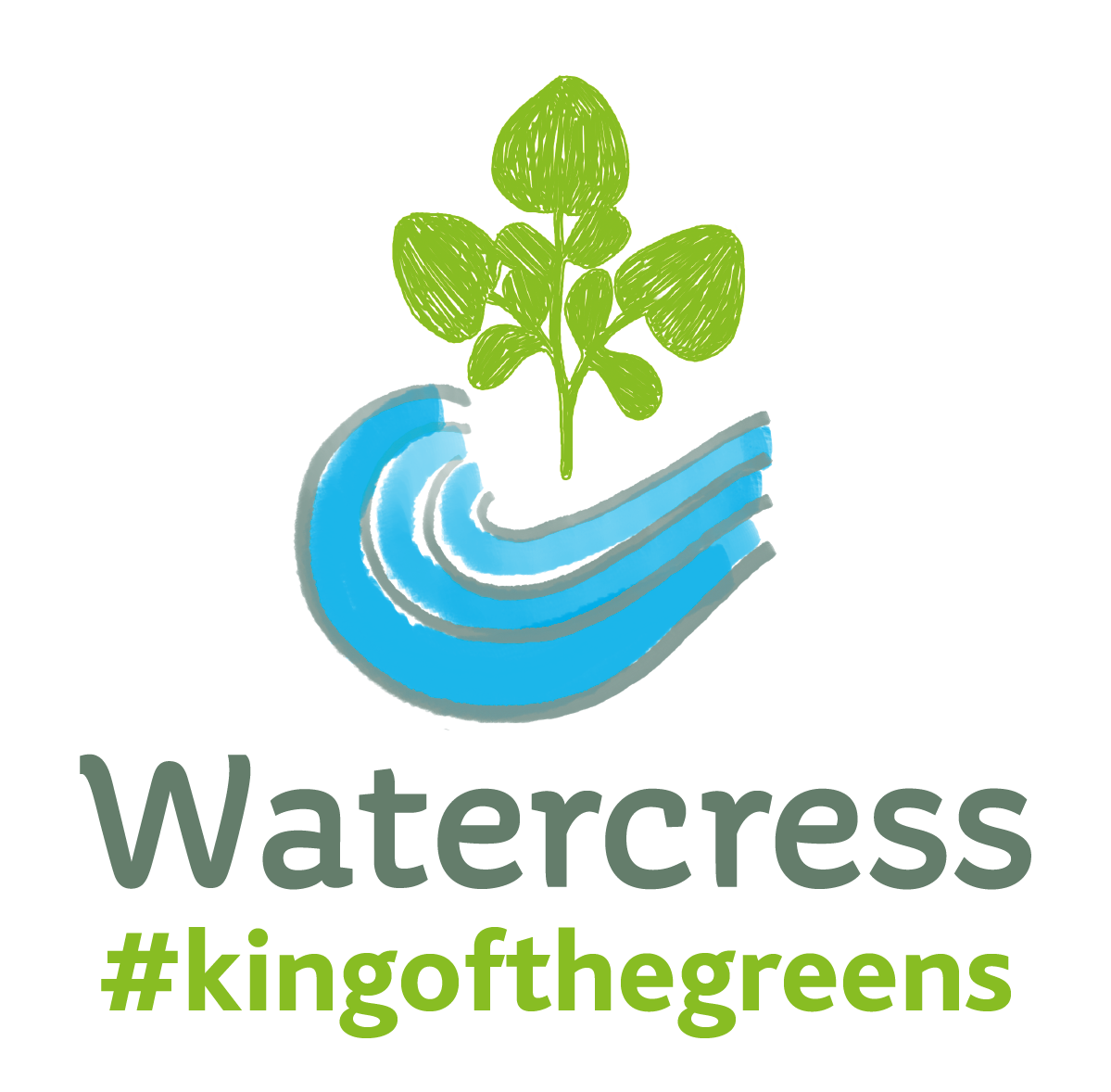Is watercress a superfood?
The term ‘superfood’ is a relatively modern one, however, watercress has been revered since Ancient times as a health-giving vegetable. Hippocrates, the world’s first ‘doctor’ deliberately established his hospital alongside a river to ensure his patients had a constant, fresh supply of watercress. He lived until he was 90, a pretty remarkable achievement today but back in 350 BC when he died, even more so - clearly there must be something in his convictions about watercress. We therefore like to think of it as the Original Superfood!
While there is no official definition for a superfood, it is generally defined as: ‘a nutrient-rich food considered to be especially beneficial for health and well-being.’ This most definitely describes watercress!
Watercress is one of the most nutrient rich foods naturally available containing over 50 vital minerals and vitamins. Gram for gram it contains more vitamin C than oranges, more vitamin E than broccoli, more calcium than milk and more folate than bananas. It also has high levels of iron, which, thanks to the large volume of Vitamin C, is better absorbed by the body than the iron in many other vegetables.
Added to this, watercress also contains a wonderfully wide range of natural, bio active plant compounds (phytochemicals) for which there is increasing evidence of the beneficial effects on human health. These include antioxidants such as beta-carotene, lutein and quercetin, which may help protect the cells of the body from damage from reactive free radicals (lutein specifically is considered to be very important for eye health). But watercress is also a particularly rich source of a group of phytochemicals called glucosinolates which, when eaten, break down to isothiocyanates. It is these compounds that give watercress its distinctive peppery taste. In addition, a wide range of experiments using human cells in culture and studies have demonstrated that isothiocyanates have anti-cancer potential. Extensive research undertaken in the last decade has demonstrated clear links between the prevention of breast and colon cancers with the consumption of watercress.
However, these many compounds in watercress, not only fight the spread of cancers they have other major health benefits such as increasing antioxidant levels in the blood, helping to fight DNA damage, improving eye health and the appearance of the skin (to name a few of the long list of benefits) but also help athletic performance. All of which suggest further applications both in everyday life and in science for watercress – in fact we hope to announce exciting work undertaken in the area of melanoma in the not too distant future.
In the channel 4 series “Superfoods: the Real Story” watercress is featured and confirmed as great for sports performance. Skip to 15.00 mins in the video below to learn all about it:
Safe to say, however, regardless of the benefits still to be discovered, those already known suggest watercress is a super food – it’s super healthy, super tasty, super versatile and will help achieve a super you!
Add watercress to salads or omelettes, wilt into pasta or stir fries, blitz into soup or smoothies – the choices are endless and the results delicious!
So, is Watercress a superfood? We think so, as it has so many diverse benefits on health and wellbeing. You can read more about the specific health benefits and compounds found within watercress here.




